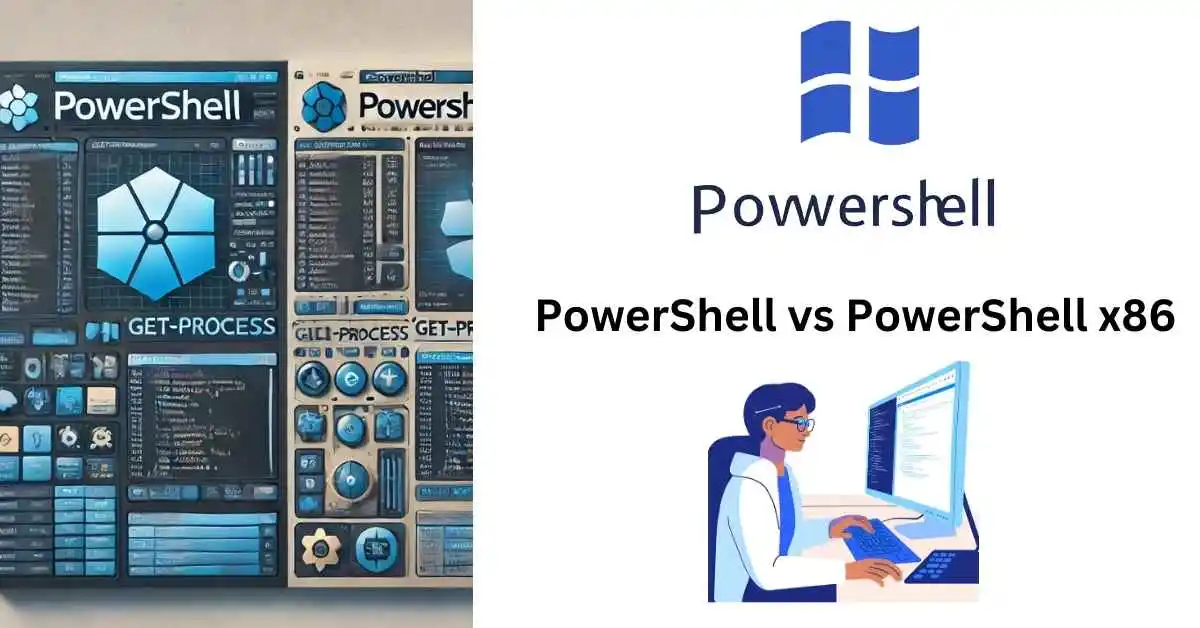Introduction to PowerShell Versions
PowerShell is available in 64-bit (x64) and 32-bit (x86) versions. The 64-bit version is generally preferred for its ability to handle larger datasets and compatibility with modern systems. However, the 32-bit version remains useful for compatibility with older technologies and legacy applications.
The choice between versions depends on the operating system and applications used. PowerShell x86 can be helpful for troubleshooting when 64-bit applications encounter issues or when specific hardware and software dependencies require it.
PowerShell’s versatility extends across Windows, macOS, and Linux platforms. While the 64-bit version is often preferred, the 32-bit variant remains crucial for maintaining compatibility with older applications.
Backward Compatibility and Use Cases
Windows PowerShell, up to version 5.1, maintains compatibility with its previous iterations. This allows users to update systems without breaking existing scripts. However, PowerShell 7 introduces new features and cross-platform capabilities but doesn’t fully support older Windows PowerShell functionalities.
The choice between 64-bit and 32-bit PowerShell depends on the applications and environment where scripts will run. The 64-bit version offers enhanced performance and memory handling, while the 32-bit version is essential for legacy software or specific industry applications that haven’t migrated to 64-bit architecture.
Understanding these nuances enables PowerShell to adapt effectively to both legacy systems and newer platforms. Balancing backward compatibility with current software and hardware demands allows users to maximize PowerShell’s effectiveness across various operational environments.
Setting Up PowerShell x86 in Visual Studio Code
To set up PowerShell x86 in Visual Studio Code:
- Update PowerShell by running this command as administrator:
winget install --id Microsoft.PowerShell --source winget - Configure Visual Studio Code to use PowerShell x86:
- Open the command palette (Ctrl + Shift + P)
- Type:
>Terminal: Select Default Profile - Choose PowerShell x86
- Verify the configuration by opening a new terminal in Visual Studio Code.
This setup allows Visual Studio Code to accommodate both legacy and contemporary PowerShell requirements, bridging technological gaps efficiently.
Tools and Environments for Writing PowerShell Scripts
Windows PowerShell Integrated Scripting Environment (ISE) is a common choice for beginners, offering a user-friendly interface with features like syntax highlighting and IntelliSense. However, it only supports up to Windows PowerShell 5.1.
Visual Studio Code (VS Code) provides a more advanced, cross-platform environment suitable for PowerShell Core and PowerShell 7. It offers extensive customization through extensions and supports multiple languages. The PowerShell extension for VS Code ensures compatibility with all modern PowerShell versions across different operating systems.
The choice of environment often reflects workflow requirements. While ISE might be preferred by some, VS Code’s adaptability and continuous development make it superior for advanced scripting tasks, aligning with the latest practices and innovations.
Troubleshooting PowerShell Script Issues
Common PowerShell script issues include:
- Version compatibility: Scripts may not run effectively across different PowerShell versions due to deprecated cmdlets or functionality changes.
- Execution policies: Use
Get-ExecutionPolicyandSet-ExecutionPolicyto check and adjust settings if necessary. - Processor architecture: Scripts may behave differently under x86 versus x64 contexts, especially when interfacing with certain applications or modules.
- Module accessibility: Ensure required modules are correctly imported using
Import-Moduleand verify withGet-Module. - Error analysis: Use
Get-Errorin PowerShell 7 or insertWrite-Outputstatements to trace script problems.
Testing scripts across different settings and versions can help identify and resolve issues, improving overall scripting skills.
Understanding the differences between PowerShell versions can significantly improve your ability to manage both legacy and modern systems effectively. By recognizing when to use each version, you can maintain compatibility across diverse environments, ensuring smooth operations and leveraging PowerShell’s full potential.
Sources-
- Microsoft. PowerShell Documentation. Microsoft Docs.
- Trott G. PowerShell v5 vs. PowerShell v7—Which to use and when. 4sysops.
- Microsoft. Visual Studio Code Documentation. Visual Studio Code.
PowerShell Do-While Loop: A Practical Guide
PowerShell Parsing HTML: Simplifying Web Data Extraction
Arsalan Malik is a passionate Software Engineer and the Founder of Makemychance.com. A proud CDAC-qualified developer, Arsalan specializes in full-stack web development, with expertise in technologies like Node.js, PHP, WordPress, React, and modern CSS frameworks.
He actively shares his knowledge and insights with the developer community on platforms like Dev.to and engages with professionals worldwide through LinkedIn.
Arsalan believes in building real-world projects that not only solve problems but also educate and empower users. His mission is to make technology simple, accessible, and impactful for everyone.



